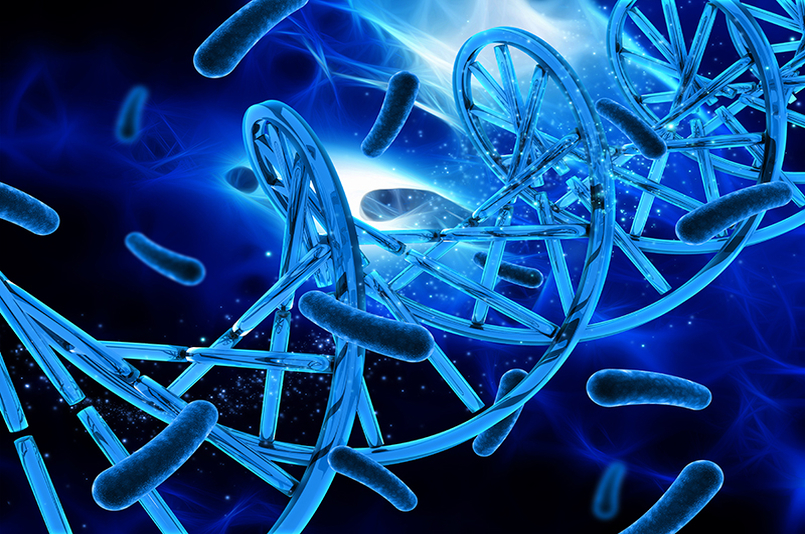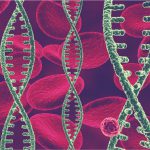Radiation therapy or radiotherapy is recommended for treating blood cancers by using radiation with high wavelength to kill the cancer cells and shrink tumors. Radiation kills blood cancer cells that reach the brain and spinal fluid. Radiotherapy helps in reducing the pain in the bones that are caused by blood cancer.

Generally, oncologists recommend the radiation to the entire body, and this is an integral part of a stem cell transplant.
The main objective of this treatment is to damage the cancer cells that grow and spread quickly. During the procedure, healthy cells are susceptible to damage, but they usually heal with time.
How radiotherapy works:
Radiation therapy, when given in high doses, kills the blood cancer cells and reduces their growth or division. When the DNA of the cells are damaged, the blood cells die and are expelled. This procedure takes several days or months. Even after the radiation therapy ends, the blood cancer cells keep dying.
Radiotherapy treatments to cure blood cancer are both curative or palliative. Curative therapies aim to cure the disease. These treatments eliminate the blood cancer cells, whereas palliative treatments ease the pain caused due to symptoms, but not remove them.
Types of Radiotherapy:
The type of radiotherapy depends on the type of cancer and the general health of the patient. The two types of radiotherapy to cure blood cancers are external and internal radiotherapy.
-
External beam radiotherapy:
This procedure uses a machine that aims streams of energy to the blood cancer cell through the skin. Radiotherapy needs constant surveillance. Before the process, the patient undergoes simulation, which measures the correct angle at which the radiation beams have to be aimed. These measurements also help in determining the proper dose of radiation.
The procedure involves giving radiation using Linacs or linear accelerators. It moves around the person with a whirring noise. The radiation beam aims externally through these accelerators. The patient come in contact with the machine.
Only those areas with cancer cells are open to radiation, the remaining part of the body, especially the sensitive parts like ovaries and testes are under a shield. Therefore, scattering of radiation reduces, and the chance of skin reactions in the patients also reduces.
-
Internal radiation therapy:
In this therapy, the required source of radiation is inside the body. This source can be a liquid or a solid. When the liquid is used, internal radiotherapy is called systemic therapy. In this treatment, the source travels throughout the patient’s blood. It works by detecting the cancer cells and killing them.
During radiation therapy, the patient’s blood count needs close supervision. In some cases, he/she might require blood cell transfusion. The treatment works by damaging the DNA in the cancer blood cells. The target of radiotherapy is to destroy the chromosomes in the DNA using extremely high radiation. As a result, the cells may weaken, and eventually reduces the division of the blood cancer cells. Exposure to such high emissions can immediately lead to the killing of blood cancer cells. It leads to a restriction in blood cancer cell growth. The treatment should generally cause no pain.
Radiation therapy goes on in sessions for several weeks. The sessions will take around 30 minutes to 1 hour each, with five days a week for 7-10 weeks. Generally, the patient needs a break of 2-3 days for every five days to help the restoration of healthy cells.
The diagnosis and the general health of the patient need careful examination. The patient undergoes several imaging tests and scans which give information about how the body is responding to the treatment. Based on this information, the doctors can make changes to the treatment and diagnosis, if required.
Dosage of radiation:
Depending upon the stage of cancer, radiologists decide the dosage of treatment. The dosage depends upon the tolerance level of the patient to the procedure, too (as well). The area of treatment by radiation and the dosage mainly depend on the type of blood cancer, and its symptoms. Some patients might get severe side effects on receiving radiation, which is why their medical history must also be studied.
The amount of radiation to the patient has a limit depending on the above factors. Another critical criteria to consider is how much radiation that area has already been treated. For some areas in the body, the second round of radiation is not at all advisable.
Side effects of radiotherapy:
Depending on the type of radiation, the area under treatment, the tolerance levels and treatment plan, radiotherapy can have healthy to adverse side effects on the patient.
The following are the most observed side effects:
- Skin problems
- Fatigue
- The decrease in blood cell count
- Variation in blood pressure and heartbeat
- Hair loss
- Dizziness
- The reduction in blood cell count
Depending on the areas under radiation therapy; heart, kidneys, chest, central nervous system, head, and neck are the most affected areas during the treatment.
Precautions during radiotherapy:
- During the treatment, the patient has to consume enough calories and proteins as the body takes time to heal from radiation therapy.
- The patient has to take much rest. Exposure to high radiations can cause severe weakness, making them unfit for work.
- Skincare is essential too as the skin contacts radiation directly, and this can lead to damage.
- Oral health is vital. Radiation can lead to tooth decay, especially when the neck and the head are under radiation.
Success rate:
The radiation used in the treatment restricts the growth of cancer cells and gradually kills them by damaging their DNA. This treatment does not kill the cells right away; it takes a few weeks to months. One might also observe significant results post the treatment.
Radiation therapy contributes to 40% of the treatment of all types of cancer worldwide. Younger patients show remarkable responses during the therapy but patients above 60 years hardly respond to the treatment.
Related Posts:



